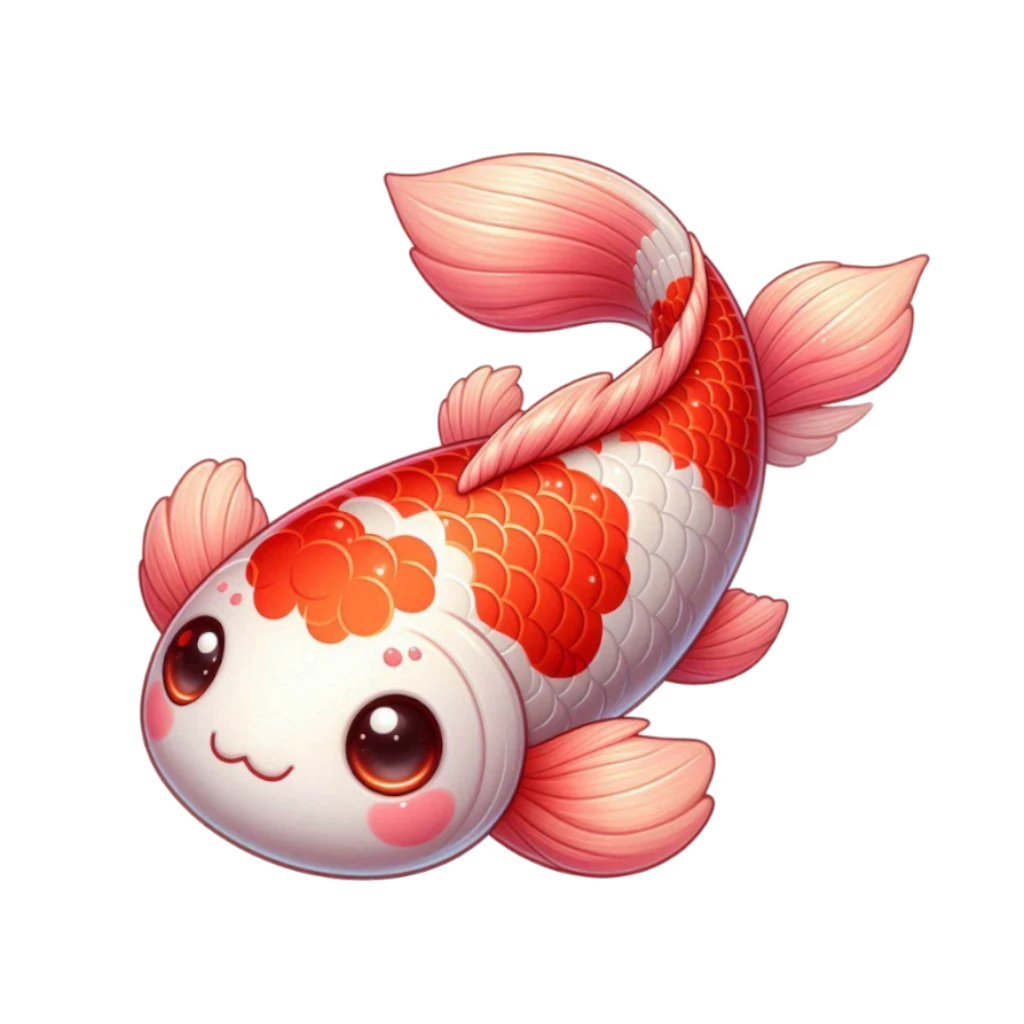Most kanji are built from smaller parts: one suggests meaning (semantic), another hints at sound (phonetic). Learning these patterns reduces brute‑force memorization and improves recall speed.
Components 101
- Semantic component (often the “radical”): hints at meaning category (氵 water, 扌 hand, 言 speech, 忄 heart).
- Phonetic component: hints at the on‑yomi reading across a series (青 → 清、晴、情 など with せい/しょう readings).
Steps
- Identify the semantic part (radical) and say its role aloud.
- Find the phonetic part and learn 3–5 kanji in the same series.
- Create a one‑line story that ties shape → reading → meaning.
- Practice stroke order to anchor the shape.
- Review via SRS with phrase‑level examples (not just single kanji).
Example workflow
- Pick a phonetic series (青). Study 10–12 kanji across two days: 清、晴、精、情、静, etc.
- Make minimal pairs for look‑alikes (晴 vs 晴れ is vocabulary nuance; 静 vs 靖 separate by meaning context).
- Build small compound lists from reading and add to your deck.
- Tag exceptions so you don’t overgeneralize.
Drills
- Family run: write 5 members of one phonetic series with stroke order.
- Recognition sprint: 20 mixed cards from two series.
- Phrase cards: verb + noun collocations containing target kanji.
Pitfalls
- Treating every component as phonetic; many carry meaning only.
- Overloading cards with long stories; keep mnemonics short.
- Ignoring exceptions; mark them and move on.
Metrics
- Recall time for meaning/reading (aim 1–2 seconds).
- Recognition accuracy by phonetic series.
- Number of exceptions you can identify quickly (a good sign of mastery).
How Kanji Koi helps
- Clear component breakdowns (semantic vs phonetic) per kanji.
- Phonetic‑series views to batch learn related characters.
- Stroke‑order animations to cement the shared skeleton.
- Adaptive SRS so series members resurface together.
- Offline mode to keep daily reps short and consistent.
Use Kanji Koi to attach a short example sentence to each new compound. Seeing the kanji inside real phrases tightens recall and makes test‑day paraphrases easier to resolve.
Seeing components alongside stroke‑order animation turns “mystery shapes” into repeatable patterns.
